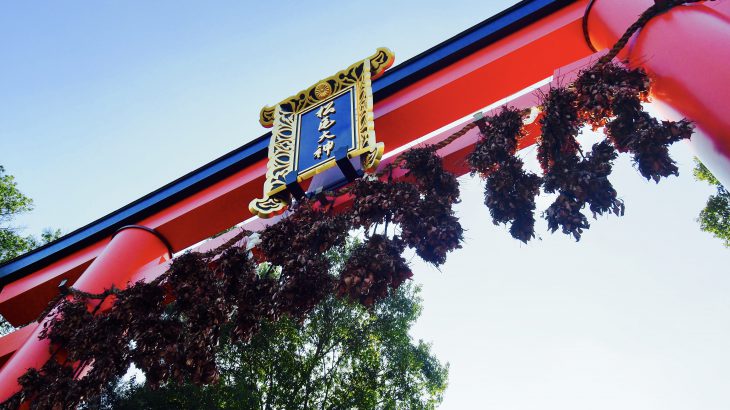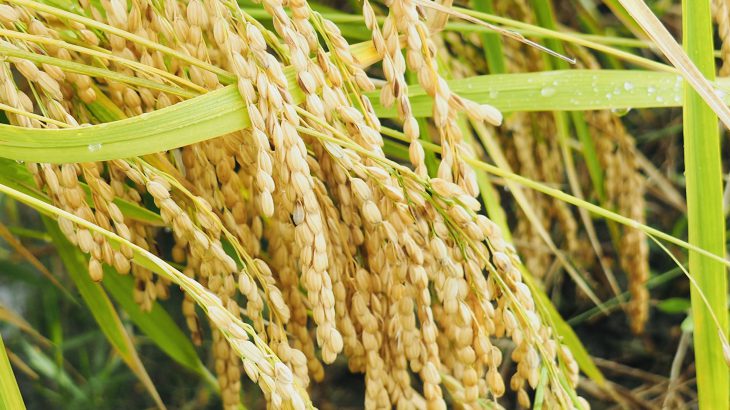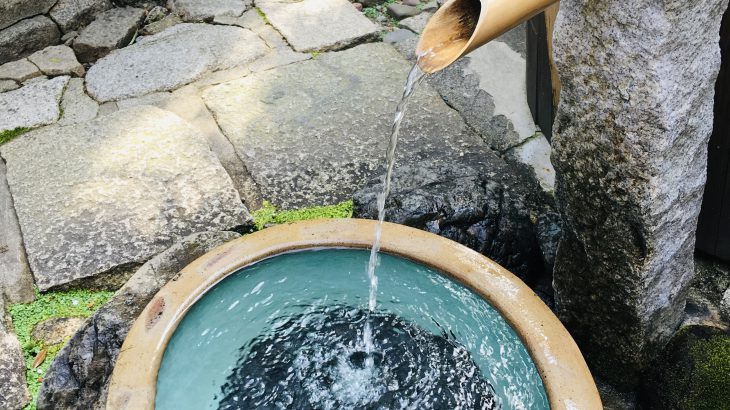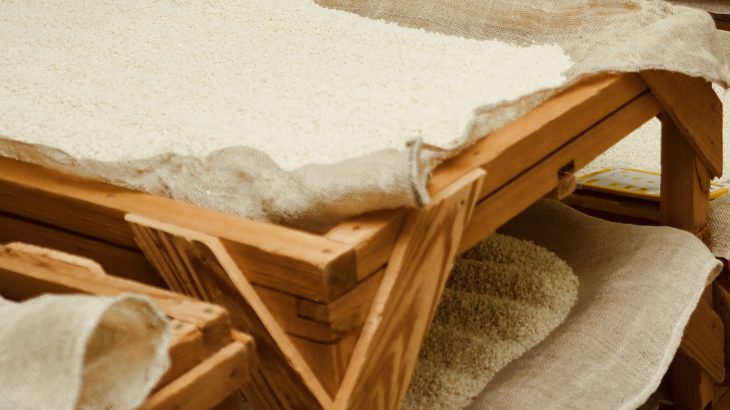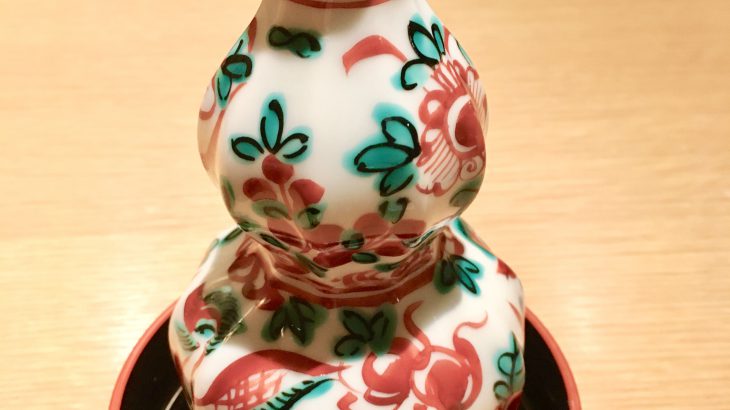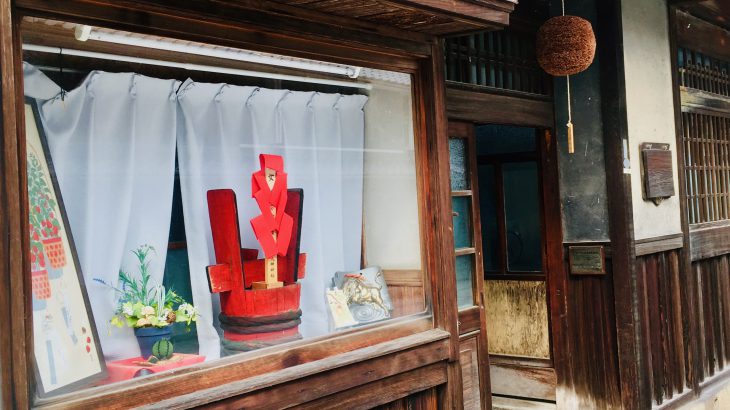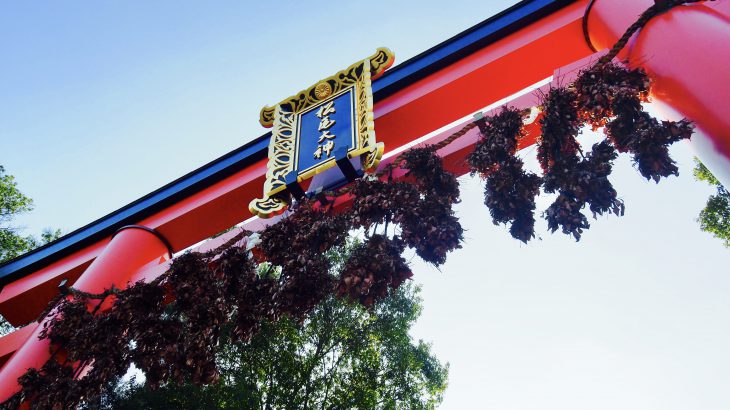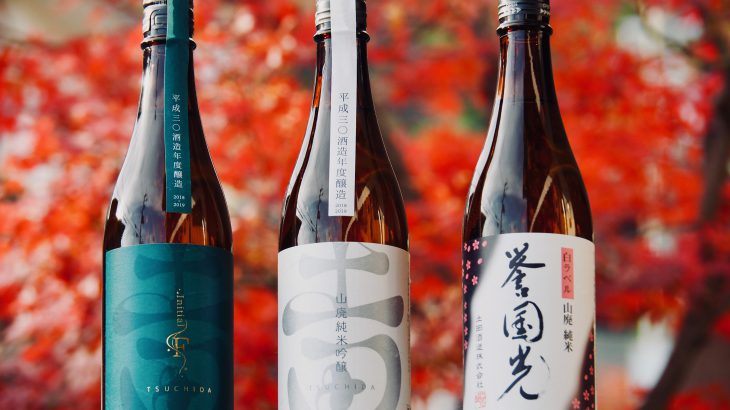‘Japan-Sake-Tourism’ is the website of Japanese Sake information. This website Inform to you what is Sake?, history, how to drink?, what foods matching with Sake? etc.. Our site will be satisfy your interest to Japanese-Sake. So this is our pleasure.
The rice used for sake is the same japonica rice that is eaten. The rice used for Sake is generally called “Saka-mai”. Among them, rice that is suitable for Sake brewing and that passes special inspection standards is called “Shuzou-kouteki-mai”(rice suitable for sake brewing). In addition to typical rice for “Shuzou-kouteki-mai” such as “Yamada Nishiki” and “Gohyakumangoku”, other regional rice is also used. Shuzou-kouteki-mai Shuzou-kouteki-mai is characterized by a “Shinpaku” In the vicinity of the center of Saka-May, especially Shuzou-kouteki-mai, there is a coarse portion of starchy grain density that appears white and cloudy portion called Shinpaku. If Shinpaku is […]
There is famous Sake in the place of famous water. 80% of the ingredients in Sake are water, Therefore Sake brewing requires high-quality water. The water is used for brewing, washing rice, steaming, and washing water to tanks and vat. The amount of water 20-30 times the weight of rice used for brewing from. Therefore, there are many sake breweries where there is a lot of good quality water. Famous waters for brewing are well known, such as Nada Miyamizu(Hyogo pref.) and Fushimi Fushimizu(Kyoto pref.). Japan’s water tends to be soft in general, but this is because the length of […]
The koji Koji is used in Eastern Asia brewing. In the case of Sake, the koji mold grows directly on the grain of rice.It is called Bara-koji. In Sake brewing Ki-koji (yellow koji mold) is used. ( Bara-koji is used to produce shochu and awamori, which are Japanese distilled spirits, but different koji mold in used ) But, another region in Eastern Asia,for example China, Mochi-koji (glutinous rice cakes) are used, which are kneaded into grains by kneading grains with water.As for the type of koji mold, Kumonosukabi and Kekbi are used. As a raw material for sake, “Koji” is […]
One of the features of sake is that it can be enjoyed by changing the drinking temperature according to the drinking situation and the food you eat with it. Sake chilled in a refrigerator or by ice is called “Hiya” or “Rei-shu”(chilled sake),It is about 5 ℃ ~ 15 ℃. Sake is placed at room temperature is called “Jouon”, but it is sometimes called “Hiya”, so confirmation is required.In wine, the room temperature is around 18 ° C, but in Japan, where the temperature is higher, it is around 20 ° C to 25 ° C. Sake that has been […]
How long have they been running? The sake brewery has a long history.The breweries that have been involved in sake brewing for more than 500 years still remain today, and many of them opened in the 17th to 19th centuries (Edo period). New breweries have a history of about 100 years since they opened in the early 20th century (early Showa period). In Japan, each brewery needs to have a brewing license. In recent years, almost no brewing licenses have been issued, so most existing breweries are such long-established companies. Where were the famous brewing areas ? Sake brewing was […]
~ 8th century(Ancient times) Sake organised a long time ago. Rice production was introduced about 3000 years ago, and it seems that sake brewing began with rice, but the records at that time are poor, and the ingredients and methods are not clearly understood.・ Ancient sake has a strong connection with religion, and sake brewing is said to have been the work of a shrine maiden or altar girls of the Shinto religion. 8th century(Nara period) In the 8th century, a method for breaking down starch in rice using Koji-mold was created. This is the roots of current sake brewing. […]
Q1:What’s Sake? Is it like wine?, Is it like beer?or Is it like spirits? Sake is the same type of liquor as beer and wine, It is brewed. It is different from distilled liquor. See the “How Sake is made” page on this website for detail. Q2:What is Sake made from? Sake is made by fermenting steamed rice. Q3:What is the color and appearance of Sake? The appearance is usually colorless and transparent, but some are slightly colored and cloudy, and others are like sparkling wine. Q4:How much is Sake aged before drinking? Usually Sake is aged for about half […]
Kuramoto and Kurabito,Toji Kuramoto, Kurabito and Toji are names for brewing workers. Kuramoto is the owner of the brewery and Kuramoto is often the brewer, Kurabito is the name for workers at the brewery, Toji is the general manager who is responsible for the overall production of the brewing. Toji-system Toji-system was developed in the Edo period, when a method called “Kan-dukuri” was used to produce all during winter for yearly consumption amount. A long time ago, farmers had no job from autumn when rice cultivation was over, to early spring so there were people who worked in sake breweries […]
Hideo Yamaji, who runs this website, works as an SSI-approved sake lecturer and consultant. Office Ichiyama Representative SSI : SAKE SERVICE INSTITUTE in Japan His uncle was a traditional Sake brewery in Nadagogo, Hyogo Prefecture, a famous place for Sake, so he often spent time is the brewery and in the bottle yard when he was a child. The Sake brewery is closed now, but he wants to have a connection to the the family business so he runs a website to increase the number of sake fans. This website introduces information about Japanese Sake so that you can enjoy […]

